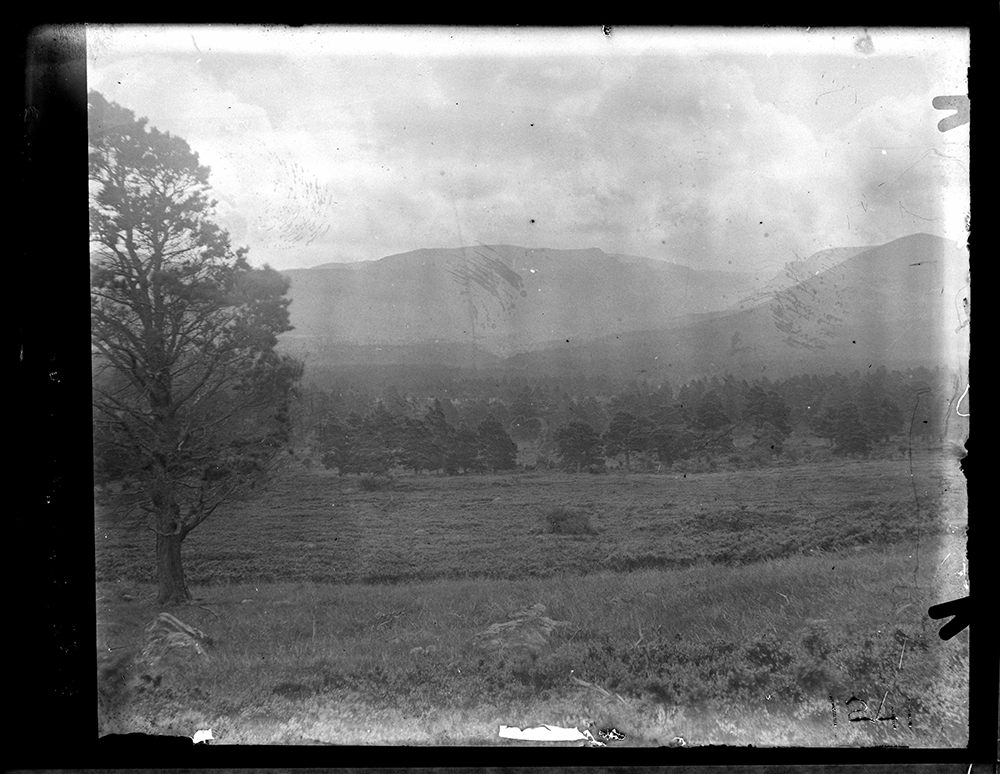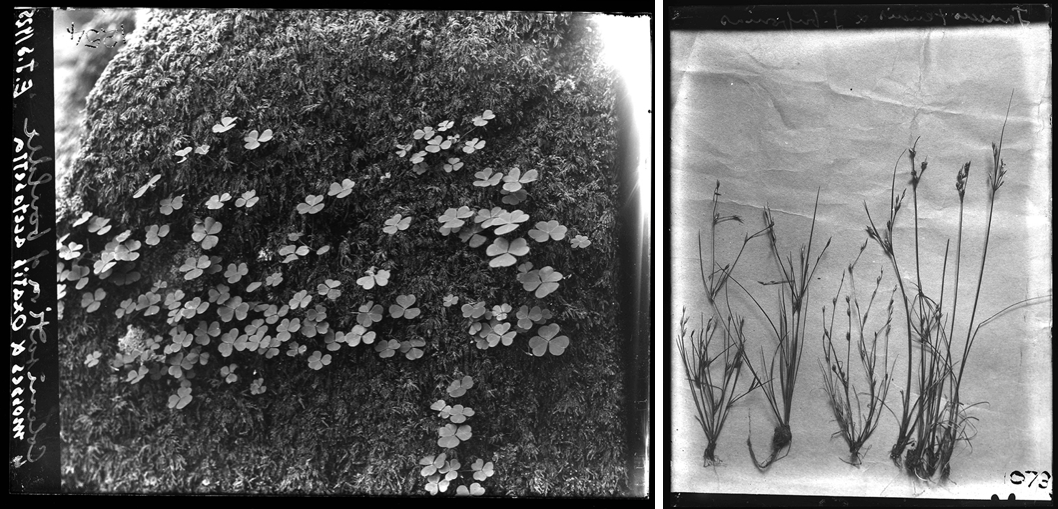Sir Edward James Salisbury (16 April 1886 – 10 November 1978) was an English botanist and ecologist. He was born in Harpenden, Hertfordshire and graduated in botany from University College London in 1905. Salisbury used photography simply as a tool to record species. He had a purely instrumental approach and was using a fairly primitive form of camera, which had its limitations. Before photography, botanists had to be very talented illustrators or collaborate with good ones. Photography was to provide a more accessible way to get things recorded. However, the medium had its limits, not least because Salisbury was working with black and white photography, missing all the information a colour image would record. It is surprising how atmospheric and artisan his photographs appear from a contemporary perspective. Perhaps this is in part due to a surge of contemporary artists’ use of older cameras and techniques for artistic effect. Lebas uses technically advanced cameras and in her work we see much clearer and sharper images which provide a lot more information than Salisbury’s original, often out-of-focus, images.


His passion for plants began at an early age. During family outings into the surrounding countryside, he would collect flowers to grow on his own patch in the garden at home. He attached a label to each one giving its Latin name. He went on to study botany at University College, and on graduation became a research student. Before long, he was helping to lay the foundations of a brand-new branch of botany called plant ecology. Instead of studying plants in isolation, scientists began investigating their relationship with their environment.

When the British Ecological Society was founded in 1913, Salisbury became a founder member. By now he was working on an even greater project involving the oak-hornbeam woodlands of Hertfordshire. The botanist recorded the light intensity in woods at different seasons of the year, and studied its effect on the flora beneath the trees. This classic study was the first if its kind in the country. When his research was published in 1916 it revolutionised the understanding of woodland ecology.


Interview with Chrystel Lebas:
Focussing on Salisbury’s landscape images to begin with, how do these photographs speak of nature in a historical sense? How do you think Salisbury regarded nature, visually and conceptually?
Chrystel Lebas: This is an interesting question about the act of looking for scientific purposes: what are we looking at? Is it of any importance? How does looking inform research? I concluded, during my research, that Salisbury photographed mainly for scientific purposes; he used his photographs as a document to illustrate his writings and records his experiments. The notebooks and papers archived at The Royal Botanic Gardens, Kew Library Art & Archives (after he died someone donated them all to Kew) didn’t reveal anything from his photographic past and how he came to use the medium. I know that he was from a wealthy family of 9 children, and they all studied or worked in the Arts, Science or Architecture. I presume they had a darkroom in the house (in Harpenden), so I guess they must have picked up on the beginning of photography together, and Salisbury then carried on using it for his own research.
